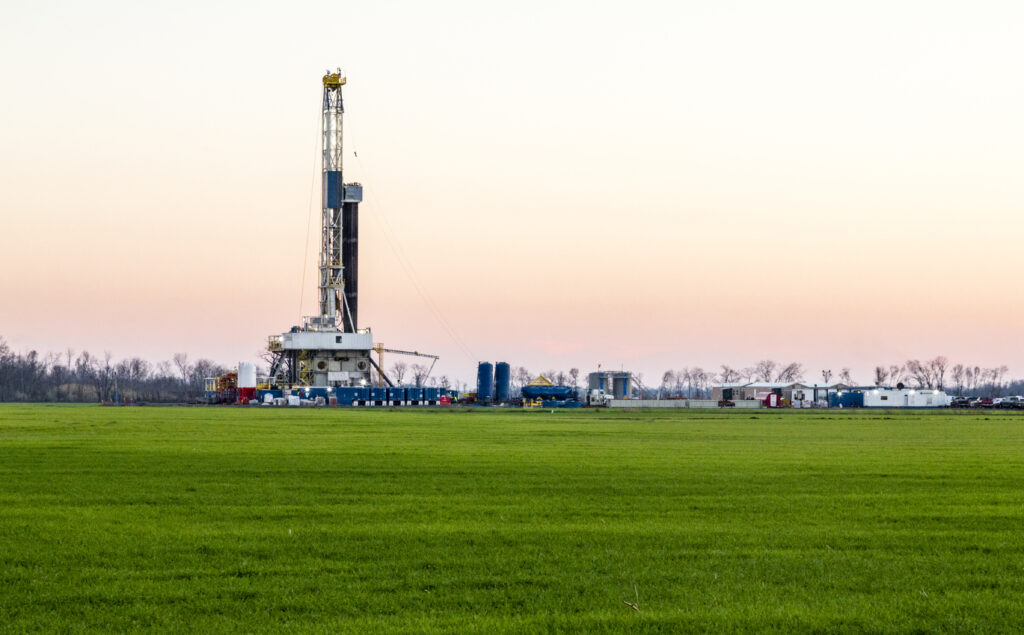On November 15, 2010, President Barack Obama’s Environmental Protection Agency (EPA) proposed rules requiring large industries to use the “best available control technology” to limit their greenhouse gas emissions. Only there’s a problem: There is no such limiting technology. Even EPA admits it.
The emission control directive comes in an Obama EPA “guidance” document. It will require new or expanded sources of greenhouse gas emissions—such as power plants, steel operations, and petroleum refineries—to obtain preconstruction and operating permits limiting such emissions.
Ever since the Clean Air Act was passed in 1970, EPA has regulated only emissions obviously and commonly toxic to humans if inhaled or ingested, such as carbon monoxide or lead, in addition to hazardous pollutants toxic in very small quantities. Obama’s EPA wants to extend its regulatory reach to greenhouse gases that are not toxic to humans, except in incredibly high amounts. The most prominent is carbon dioxide.
Carbon dioxide is a naturally occurring gas. It is in the air, the oceans, and soil. Humans and animals exhale it. Trees and other plants ingest it to survive and flourish.
Carbon dioxide also shelters the Earth by trapping heat, keeping us from freezing to death. Too much of it, however, can trap too much heat, and global warming alarmists contend human activity such as burning gasoline and coal generates too much carbon dioxide. This, they say, will kill or harm both humans and the planet. Skeptical scientists argue levels of atmospheric carbon dioxide have always fluctuated over millions of years from very high—vastly more than currently exist—to very low, and that the Earth has mechanisms for coping with those fluctuations.
Leaving aside that issue, though, the question is whether we can actually limit them.
Technology exists to control toxic air emissions, usually by capturing them at the smokestack and disposing of them safely. That’s much more difficult with carbon dioxide. EPA says the most promising technology is “carbon capture and sequestration.”
Think about that for a minute. Simply put, capture involves what we do when we blow up a balloon, except on a vastly larger scale. Sequestration involves holding it there indefinitely.
We already capture some carbon dioxide and use it for commercial purposes: in soda pop to make it fizzy, for example. When compressed, it is used in air guns, paintball markers, fire extinguishers, and to inflate bicycle tires. But we can’t use all of it for such purposes. So, “carbon capture and sequestration” is supposed to capture it in huge quantities and store it somewhere. In permanent tanks, for example, or by storing it underground in a rocky cavern at Yucca Mountain in Nevada and preventing its escape.
This technology is neither feasible nor affordable, and EPA knows it. So EPA says large plants can comply with the limits by increasing their operational energy limits—in other words, by decreasing their energy inputs rather than by decreasing their greenhouse gas outputs.
So, for example, EPA discusses installing more efficient boilers to heat the facility. That may be a good idea, but does the Obama EPA have the legal authority to require it as a means for compliance with the Clean Air Act? Probably not.
A more serious problem with the proposed guidance is that it favors limiting emissions of greenhouse gases over limiting emissions of seriously toxic ones. So if installing more efficient fuels comes at the price of higher emissions of carbon monoxide or nitrous oxide or other toxic pollutants, that’s just fine with the Obama EPA.
So, let’s get this straight. Obama’s EPA plans to force large industry to limit carbon dioxide emissions even though they’re not hazardous to humans, even though there’s no definitive proof they have anything to do with global warming, even though there’s no direct way to limit emissions, and even though doing so may increase toxic emissions.
Is that insane? If you think so, say so. EPA is accepting comments until December 1, 2010. You can submit a comment in one of three ways: (1) online at http://www.regulations.gov; (2) by email at [email protected]; (3) by fax to 202-566-9744. In all cases, comments should reference Docket ID No. EPA-HQ-OAR-2010-0841.
Let’s hope sanity prevails.
Maureen Martin ([email protected]), an attorney, is senior fellow for legal affairs at The Heartland Institute.




